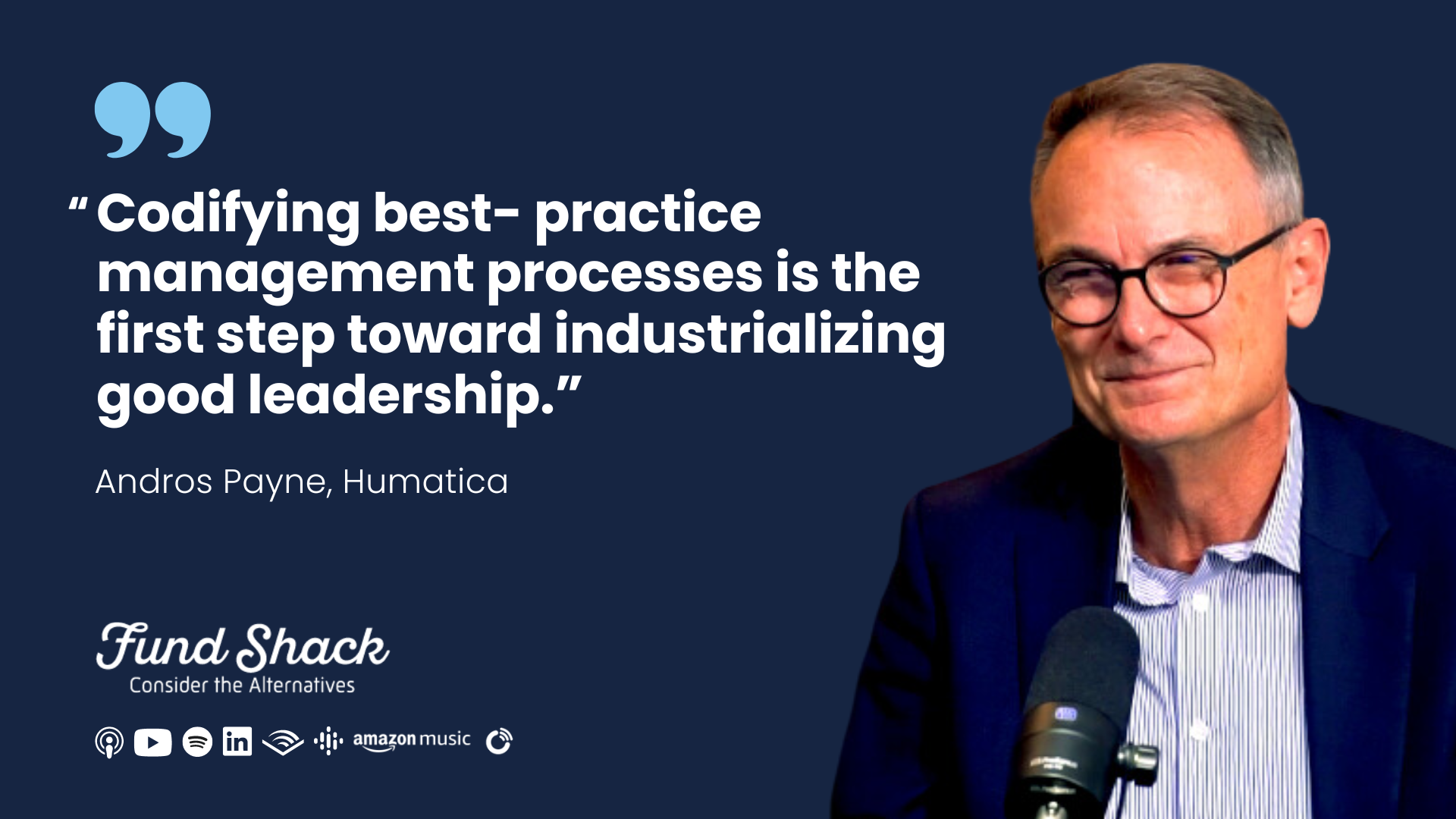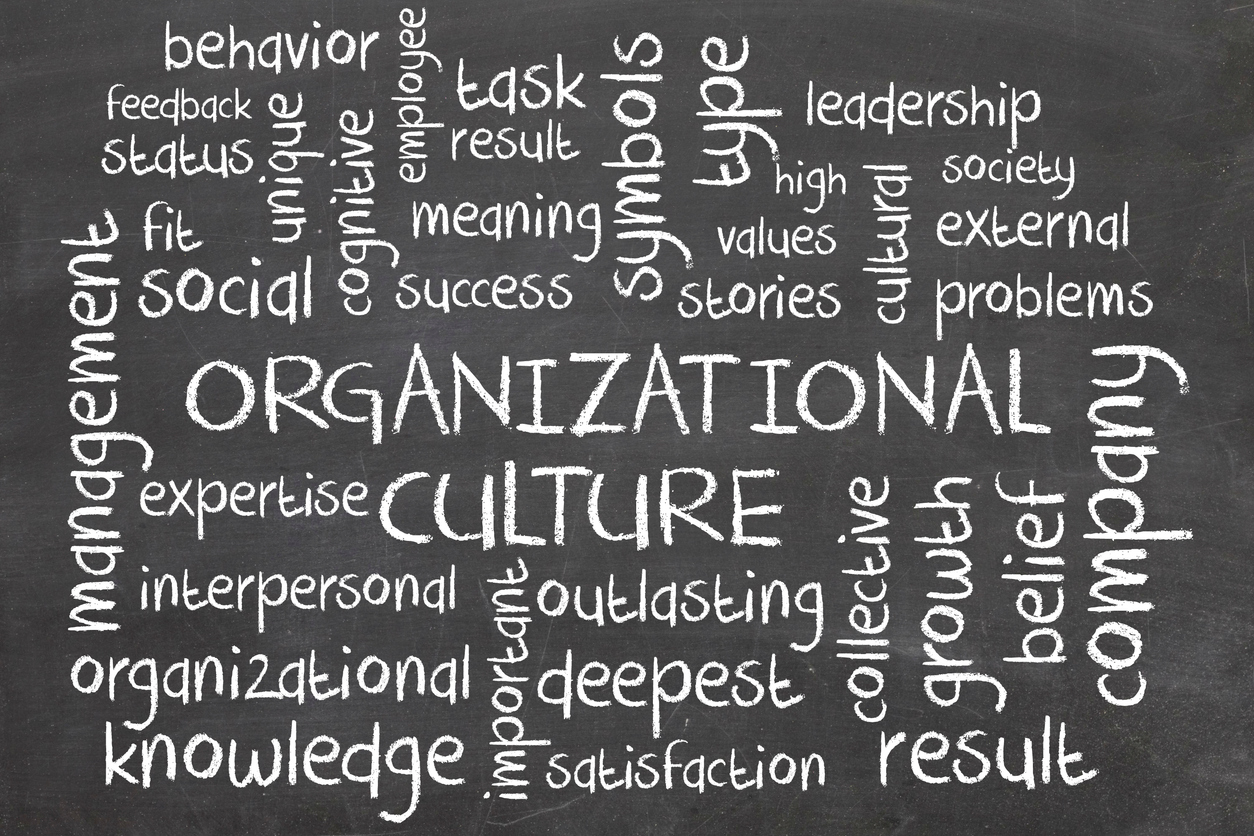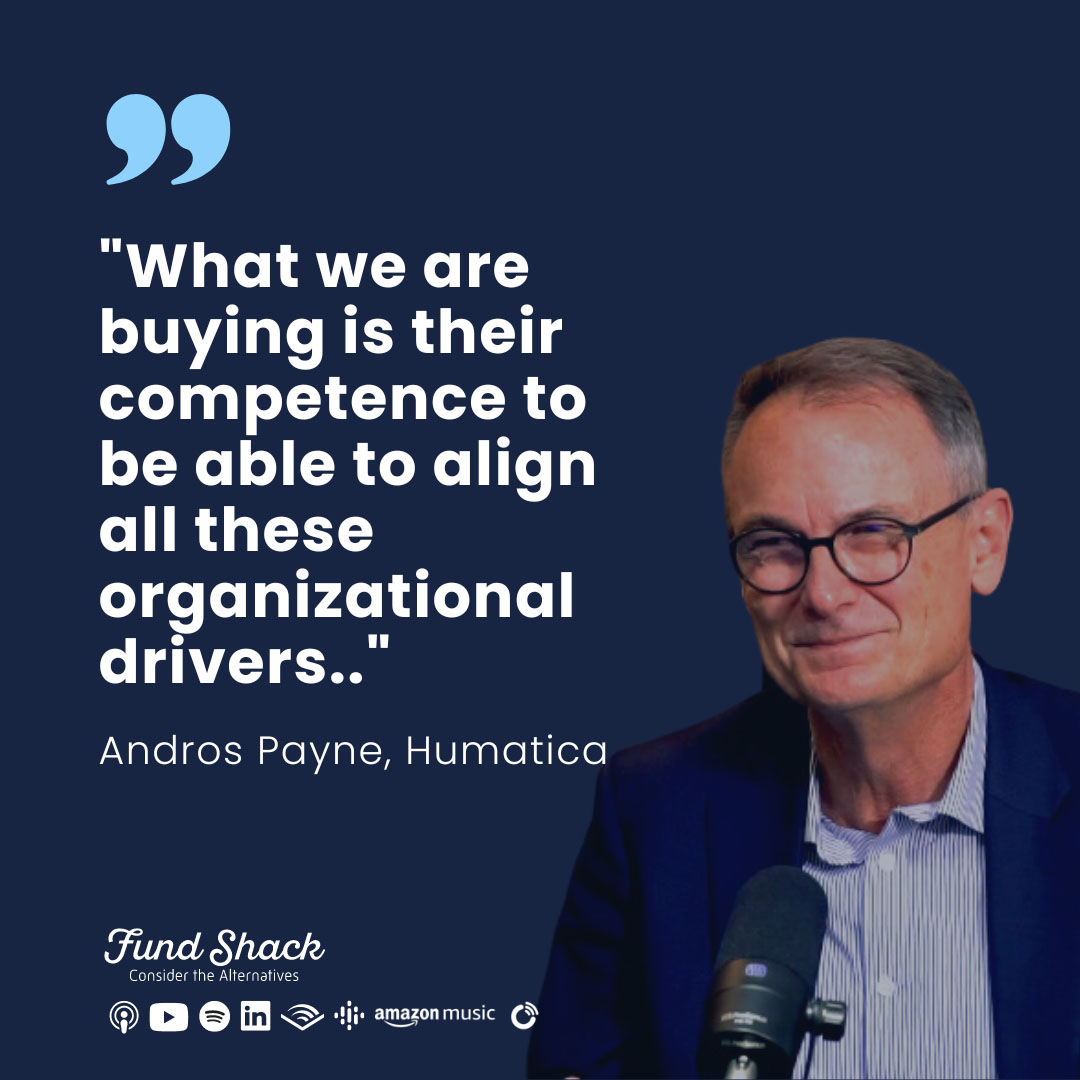
The fund landscape is changing faster than ever before, creating winners and losers in an increasingly competitive private equity ecosystem. Higher real interest rates are forcing strategic and competitive shifts in private markets that will have far reaching implications on fund business models, their internal processes and portfolio companies.
In particular, market forces have accelerated a polarization, as winning fund business models migrate to either large one-stop-shop multi-asset houses and niche specialists. Traditional mid-market funds are under increasing pressure to find new sources of differentiation and value creation.
Although mega-trends and aging populations continue to drive vast sums into private equity the flow has slowed by 30% in 2023 over the peak in 2021. But according to Bain, over 50% of capital raised in 2023 went to just the 20 largest funds. These mostly listed asset managers can efficiently diversify risk across a vast array of different assets, currencies and investment strategies in one go. The giants operate with more scalable processes and a higher level of IT automation than smaller funds.
However, size and scale is not the only winning spot. Niche specialists are also winning. They leverage superior cumulative experience and know-how in a specific geography, industry, or deal-type to drive alpha.
So, where does this leave traditional mid-market private equity partnerships? They need to find new sources of value creation. One route is to differentiate on the depth of value-add during the investment cycle. That is, to target more challenging investment cases like transformational buy & build, that require more extensive operational improvement. But these cases also carry the greatest organizational risks as “what got you there won’t get you there”, even for previously successful management teams.
With the growing backlog of firms to be transacted and longer hold periods, more focus is being put on realizing operational improvements and organizational effectiveness as the only sure levers to grow value in an otherwise tough funding environment with increased competition.
Organizational effectiveness and leadership adaptation underpin success in these challenging cases. Portfolio company leaders need to anticipate required changes in org structures, operating models, communications and skills to manage value growth transitions as their firms grow. For this, they are increasingly getting support from talent operating partners and specialist advisors like Humatica to help facilitate organizational transformation.

In the third episode of our Beyond Culture Series, we talk about industrializing best practice management processes. Link to Video 1:07 Register here to join our live…
Read more
There’s increasing focus on “culture” as an elusive driver of value growth. Creating a “high performance culture” has become the mantra for transforming buy-outs to…
Read more
The second installment of our interactive webcasts looks at organizational transformation. Join us for a lively discussion on this topic of vital interest for private equity.…
Read moreReceive our news and valuable perspectives on organizational effectiveness each month.